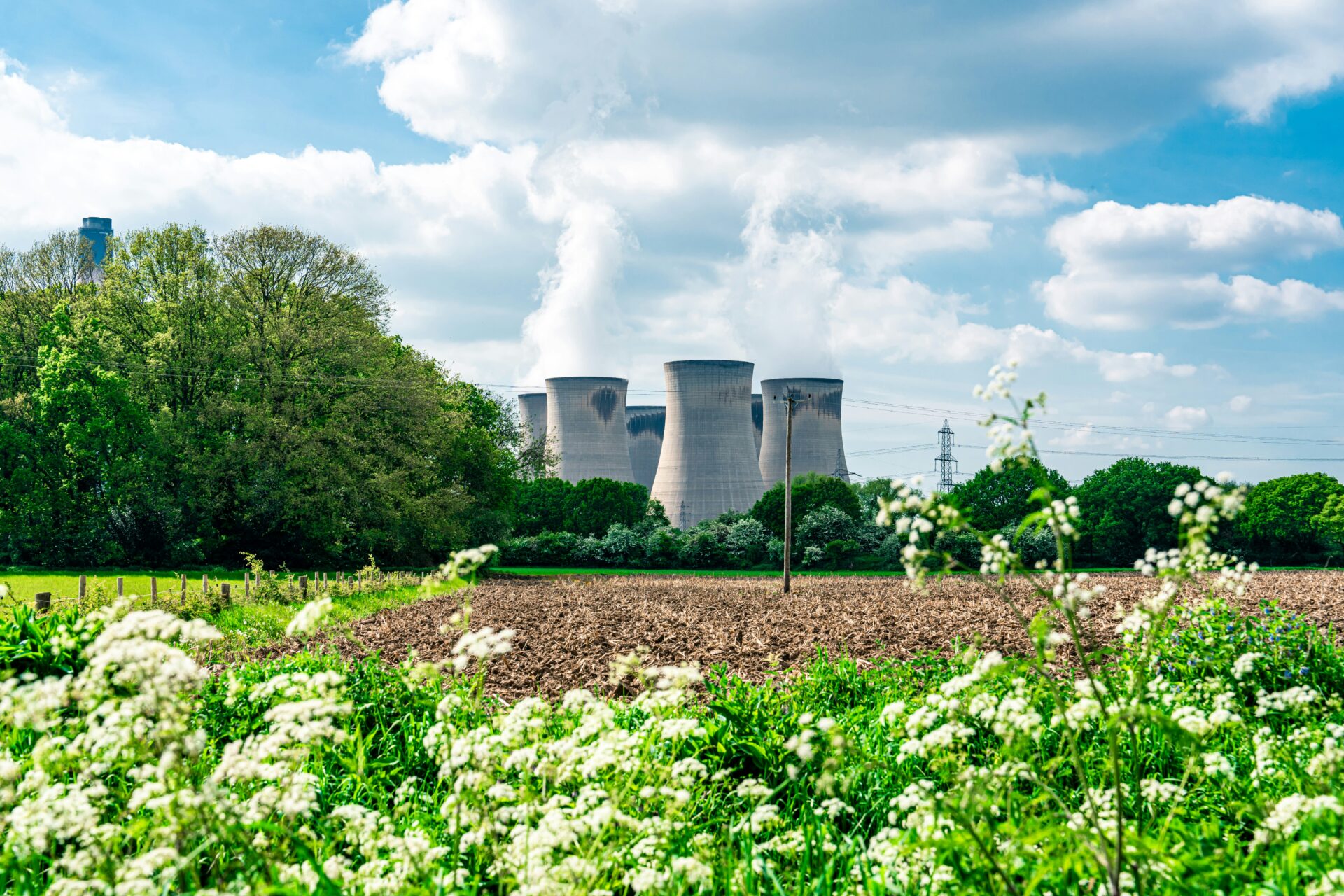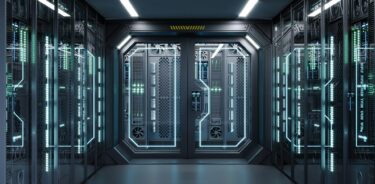With the proliferation of Artificial Intelligence, we have been left with the question of how to power this energy-craving technology.
Experts and skeptics alike have been asking the same question for a while now: How are we going to generate the power needed for the rise in use of AI?
It is almost reminiscent of 1955 Doc Brown in the movie “Back to the Future” asking Marty incredulously, “One point twenty-one gigawatts?? Great Scott!… how am I gonna generate that kind of power, it can’t be done, it can’t.”
Currently, massive data centers using massive amounts of electricity place heavy demands on the electricity grid, and AI users pay a hefty amount to use the machines to generate text, images, and video.
Imagining the future of AI meant imagining enormous data centers, miles of solar panels, thousands of air conditioners, and colossal energy bills.
But there is a better way, and it’s brilliant: nuclear power.
Nuclear power is clean energy produced in a process called nuclear fission, usually using uranium, which is highly radioactive. Experts say it is better than other energy sources because it generates large amounts of electricity with minimal greenhouse gas emissions, making it more green and environmentally friendly compared to fossil fuels.
Nuclear power also provides a reliable, continuous energy supply, unlike some other renewable sources, such as wind or solar, that depend on weather conditions.
Given its advantages and cleaner energy, nuclear power is primarily used in power plants to generate electricity and is also used to power submarines and aircraft carriers in the military.
Now, in a brilliant move forward, Google’s parent company Alphabet signed a deal to use nuclear reactors to power its AI needs, agreeing to buy a total of 500 megawatts of power from Alameda, California-based nuclear power startup Kairos Power.
This summer, Kairos Power broke ground on its demonstration reactor in Tennessee, the first U.S. advanced reactor project to receive a construction permit from the U.S. Nuclear Regulatory Commission.
Under the agreement, Google plans to get the first power plant online by 2030, followed by additional reactor deployments through 2035.
Google hopes the deal, using energy from multiple small modular reactors (SMRs), will provide a low-carbon solution to power-hungry data centers.
The announcement follows an agreement between Microsoft and energy firm Constellation last month that will reopen one of the nuclear reactors on Pennsylvania’s Three Mile Island to power Microsoft’s data centers.
The Microsoft project, known as the Crane Clean Energy Center, is expected to go online in 2028, the company said. It’s expected to provide upwards of 800 MW to the grid.
Last year, as part of its efforts to reduce greenhouse gas emissions, Google developed a geothermal project with developer Fervo Energy that supplies power to its data centers in Nevada.
With its greenhouse gas emissions having risen by 48% between 2019 and 2023, Google is understandably concerned that its technology is only contributing to pollution and global warming and now aims to reach net zero emissions by 2030, operating its data centers and office campuses using 24/7 carbon-free energy.
According to a report by Quartz, “a single Google search uses 0.3 watt-hours of electricity, while a request for OpenAI’s ChatGPT takes 2.9 watt-hours, the agency found. If there were 9 billion ChatGPT queries daily, this would require almost 10 terawatt hours of additional electricity in a year.”
With this in mind, there is only one solution today to this problem and to the future of AI: nuclear energy.
This article was originally published by Allan Grain on HackerNoon.












